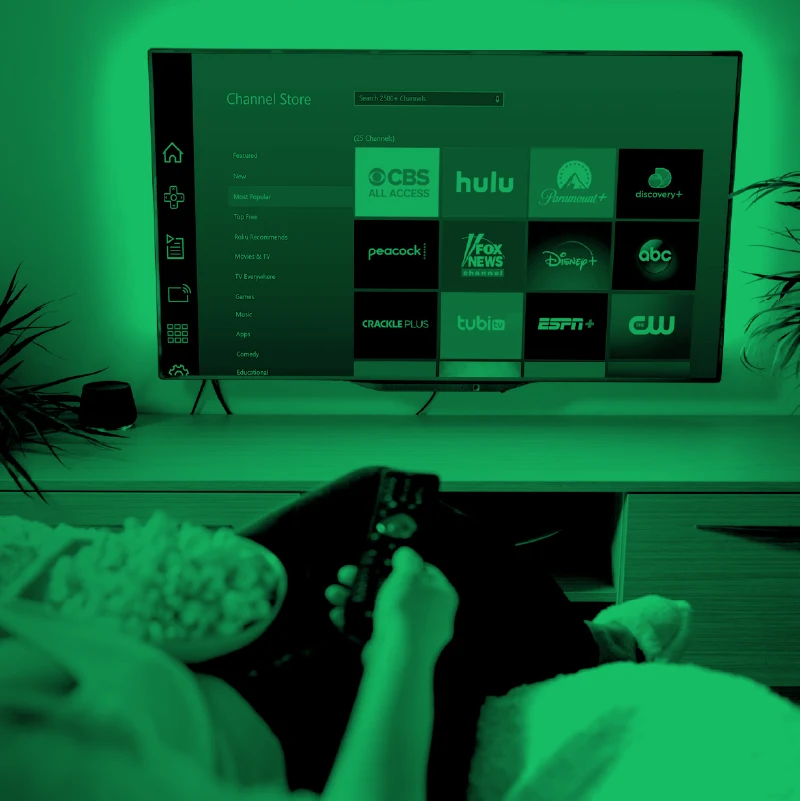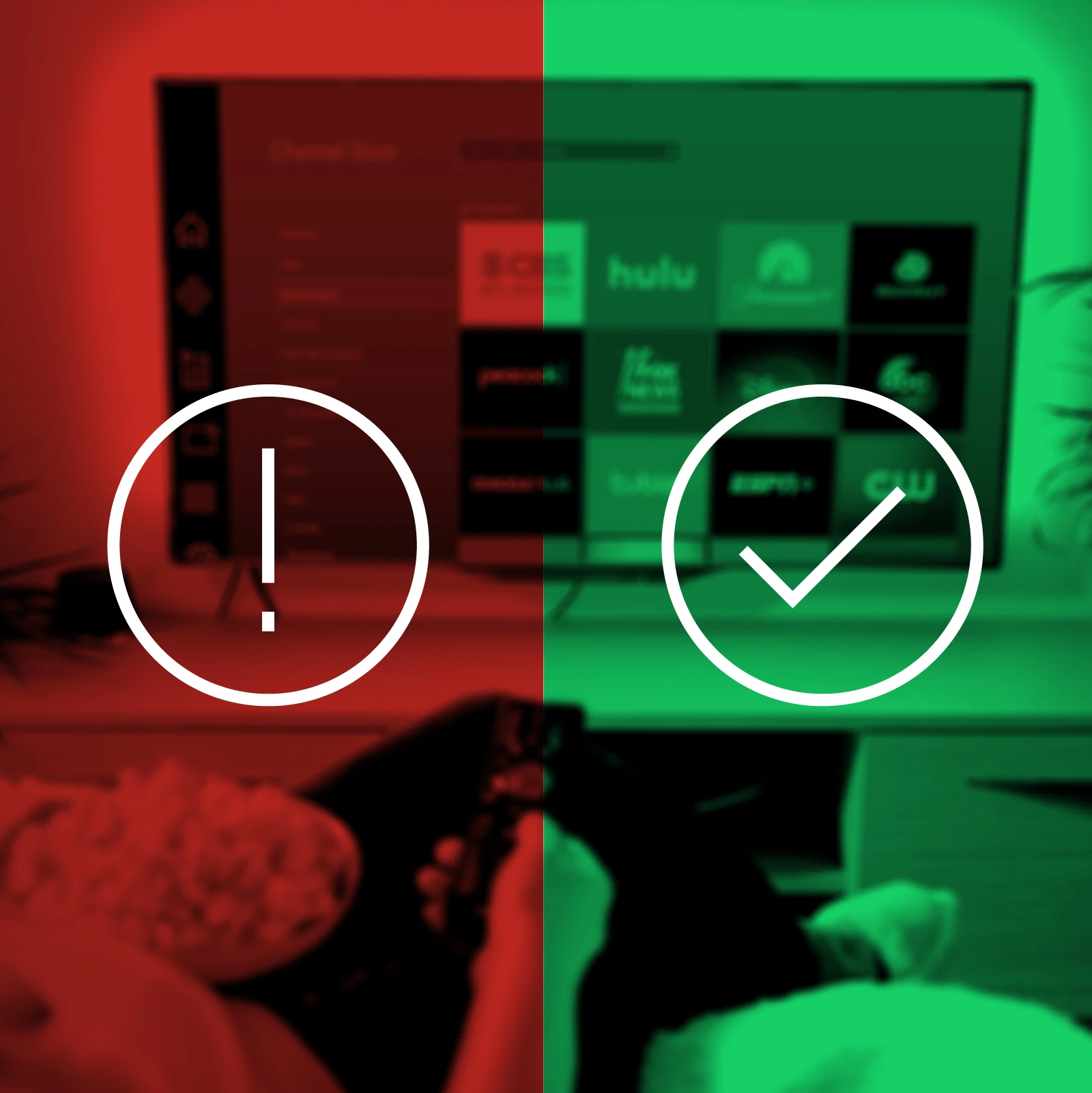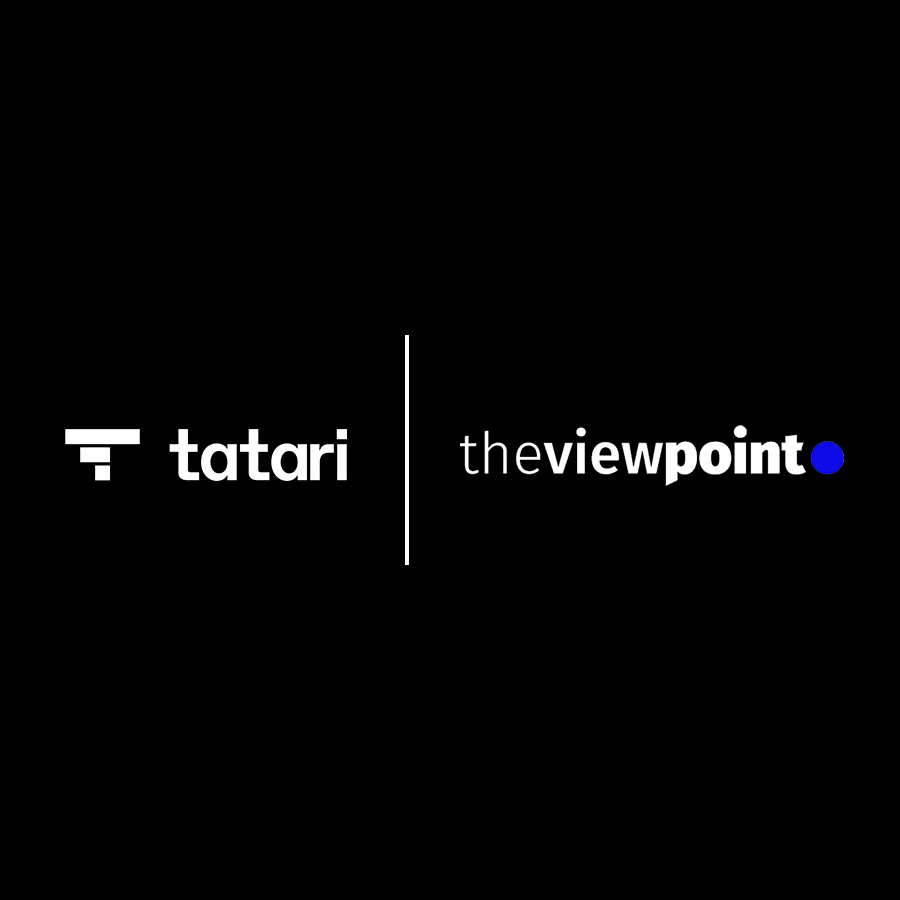
Programmatic TV Tax Day is Not Just April 15. It's Every Day
A version of this article was covered on MediaPost
You need a great CTV partner just like you need a great tax accountant.
As April 15 marks the deadline for filing personal taxes in the U.S., it's crucial to bring attention to a less acknowledged but equally significant tax in the CTV landscape. Unlike the annual tax day, the AdTech tax is a perpetual drain on advertisers' budgets, diminishing their return on investment with every campaign run through the programmatic CTV pipes.
To best illustrate this, let’s run an autopsy on a TV campaign managed via the “largest CTV” DSP (not Google 🙂, but let’s call it “TheTVCounter”). TheTVCounter will add a myriad of (often hidden) fees, each listed below, inflating a hypothetical $10 inventory CPM to a whopping $20.56 full-cost CPM.
SSP Fees: For TheTVCounter to access the inventory, it must buy programmatically from the SSP. The SSP (rightfully) needs to be compensated for this, typically 30%. TheTVCounter will completely mask this, instead suggesting it's the direct publisher inventory cost.
Data fees: Targeting requires data, and data costs money. For the sake of this exercise, we assume $2. TheTVCounter will show this.
Measurement fees: TheTVCounter doesn’t come with measurement. For the sake of simplicity, we are assigning 50c here (i.e., this varies by the measurement partner chosen).
Ad Serving Fees: Notoriously inflated, with TheTVCounter, in this case charging an exorbitant 75c CPM.
DSP Fees: The fees listed by TheTVCounter, clearly visible in the contract. Apart from Data and Measurement Fees, this is the only true visible part of the brand, and will, as such, often be perceived as reasonable. In addition to the myriad of fees above, DSP fees are also sneakily applied to Data Fees, Measurement fees, and Ad-serving fees. This is nothing but a tax levied on a tax - whoah!
The true tax rate is 106%; it makes personal taxes look like a bargain. Dave Morgan recently suggested something similar when sizing the CTV market. Except for TheTVCounter, nobody wins. In particular, brands see a massive portion of their budgets siphoned off in fees, and/or CTV publishers only get a fraction of the money brands were willing to pay.
The Case for Direct Integration (and the Tatari Advantage)
Tatari’s media execution strategy focuses on direct relationships with publishers. To be clear, we are not talking PMPs (short for Private Marketplace pricing). A PMP is a pre-negotiated floor price for the publisher; for some reason, DSPs like to position this as an advertiser max price (while, in reality: it’s the opposite - a minimum). Direct media execution, instead, bypasses the programmatic pipes and places the orders directly into the publisher ad server. Think of it as an automation of direct Insertion Orders, made possible with Tatari’s publisher technology stack (TheViewPoint) and integration with the leading CTV ad servers, e.g. FreeWheel. This comes with significantly lower taxes or massive cost savings, as shown in the table below.
To make a meaningful comparison, we assumed equal Data Fees. Note that Tatari offers free (world-class!) measurement, no SSP fees (and no programmatic buying), and the DSP/Service fees are placed on the media only (no double taxation).
The comparison between programmatic CPM rates and Tatari's direct CPM rates further underscores the substantial cost savings achievable through direct integration. With Tatari, advertisers can realize an average of 32% savings, directly translating into enhanced campaign performance and ROI.
But wait .. there’s more than just tax savings!
The role of DSP technology is uncertain. Direct media execution presents a compelling alternative beyond avoiding taxes. It aligns brands and publishers (both prefer to work directly), brings transparency (the brand knows the impressions it buys, and the publishers avoid the DSP anonymously picking off impressions), and kills fraud to 0%. It also fosters stronger partnerships between advertisers and content providers, paving the way for more strategic and impactful advertising engagements (e.g. program integrations).
Reevaluating the Need for DSPs and the Programmatic Model
As we navigate the complexities of the AdTech landscape, it's imperative to critically assess the true cost of programmatic advertising and explore more transparent and efficient alternatives. By embracing direct integration and challenging the status quo of DSP reliance, advertisers can reclaim control over their advertising spend, ensuring that their budgets are fully leveraged for maximum impact rather than being eroded by hidden taxes and fees.
We’re calling for April 15 to be a CTV tax review day! Liberate your CTV advertising strategy from the unnecessary burden of the AdTech tax with the help of Tatari.

Philip Inghelbrecht
I'm CEO at Tatari. I love getting things done.
Related
How a Magician Can Manipulate CTV Performance
It can be easy to overstate the impact of a streaming TV campaign - by lumping in digital display channels. Our goal in this article is to unveil some of the (questionable) tactics deployed by programmatic TV ad platforms, and why Tatari doesn't practice this.
Read more
CTV Fraud Should Never Be an Issue
To combat CTV fraud, we recommend direct purchases from publishers and outcome-based TV measurement as effective strategies to ensure advertising transparency and accountability.
Read more
Tatari Acquires TheViewPoint
Tatari has acquired TheViewPoint, a CTV monetization platform for publishers. This is part of Tatari’s long-term vision for a clean and more direct CTV supply path for outcome-driven TV advertisers.
Read more


